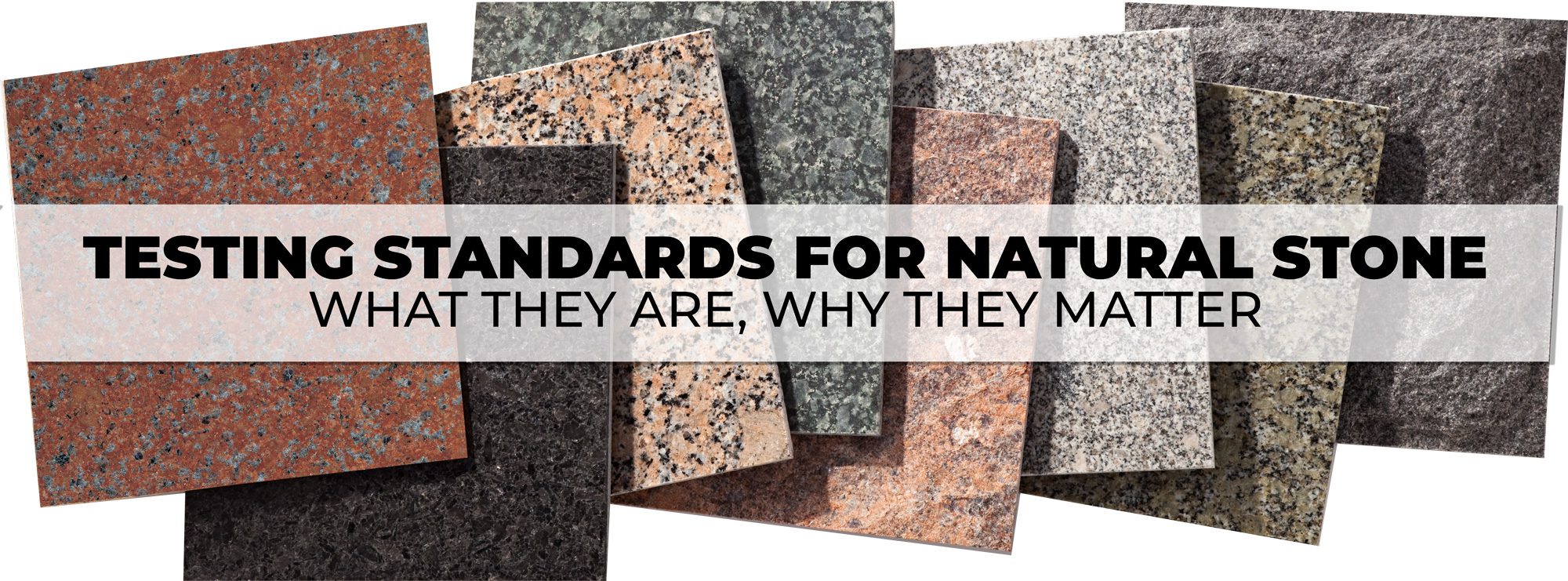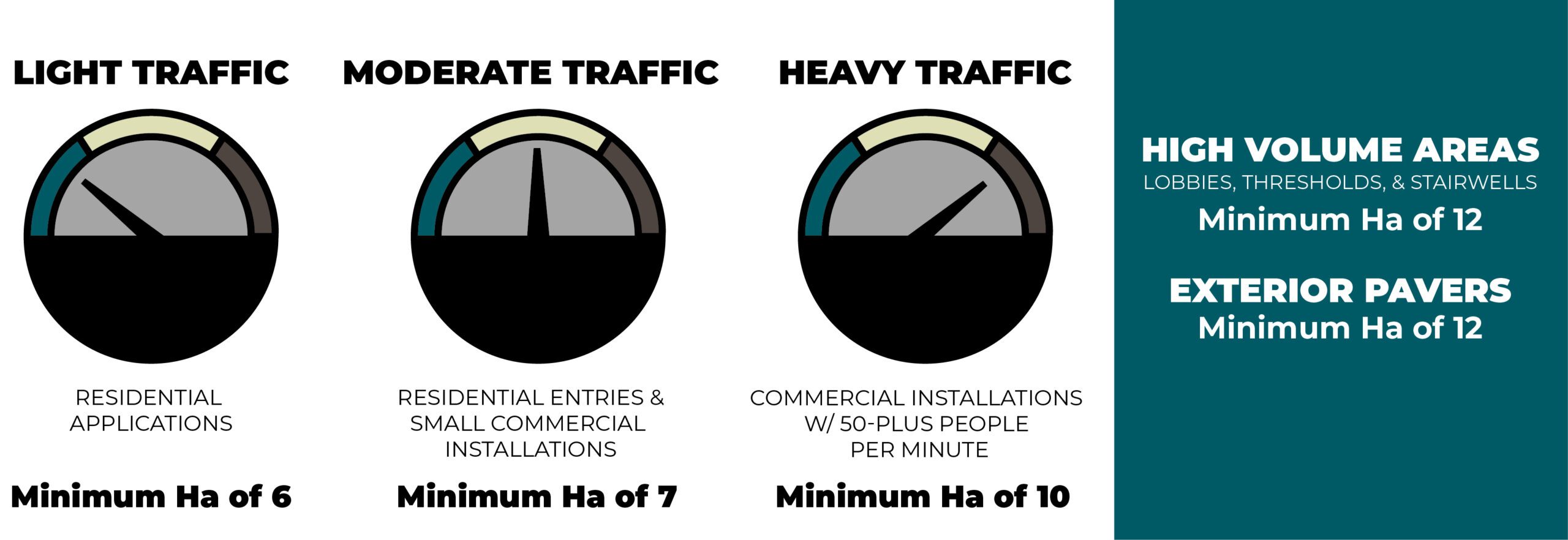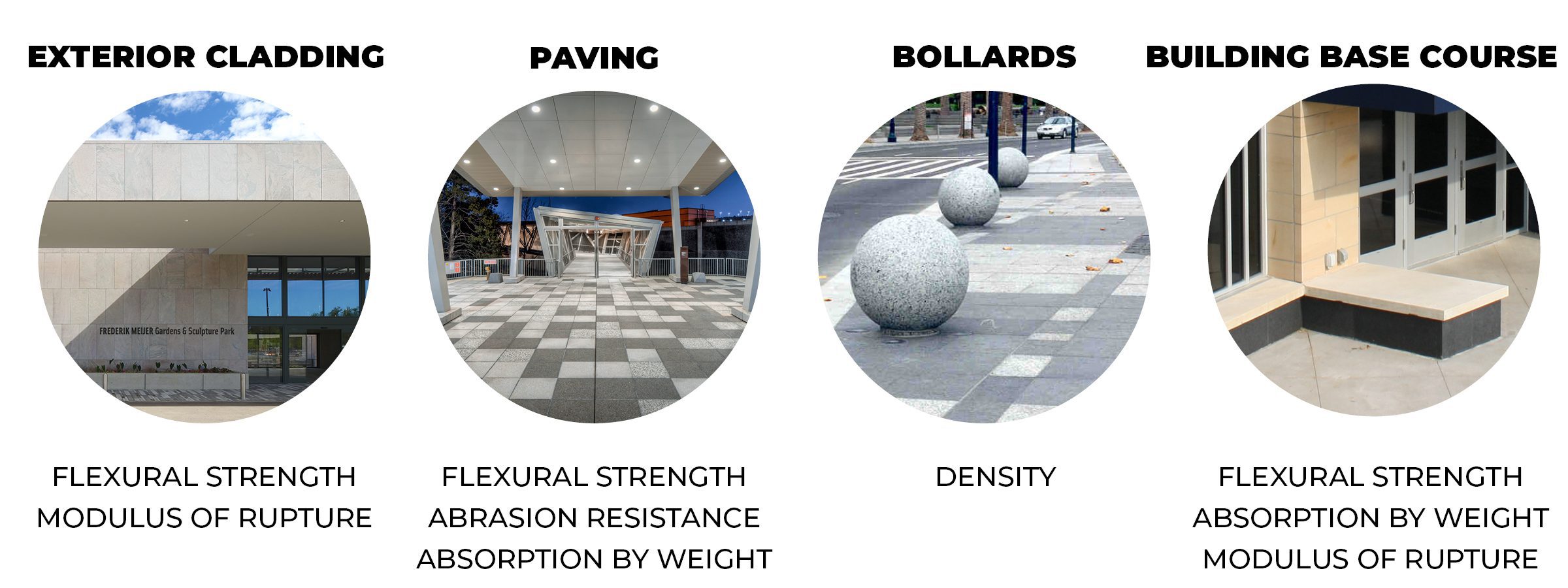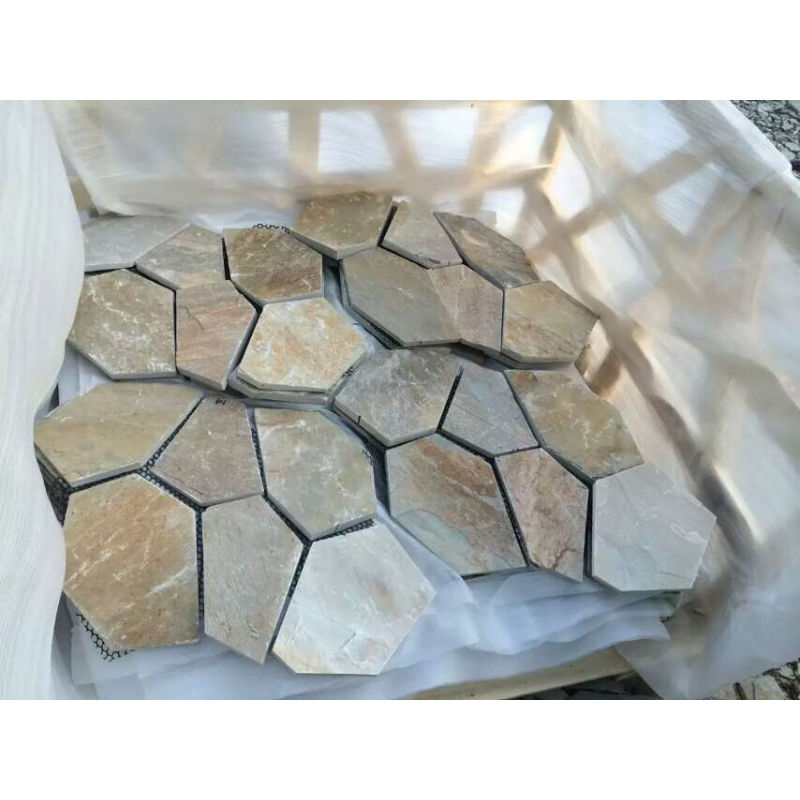
Building a beautiful structure that will stand the test of time is the goal of most projects. But when a stone’s physical properties take a back seat to design and aesthetics, how that structure will look in five or 10 years (and beyond) may not be as impressive as it looks immediately following completion. Knowing the physical properties before selecting a stone will help ensure your structure looks as amazing in the coming decades as it does on day one.
Each stone has unique physical properties that may or may not lend themselves to the intended application. One key to understanding the physical properties of natural stone is working with an experienced natural stone supplier who can provide guidance and expertise early in the design process. A design team may have particular aesthetic goals in mind, but will that beautiful white limestone perform in the environment in which it’s placed? Working with a natural stone expert and understanding each stone’s properties will ensure the right stone has been selected for the project and bolster the architect’s case for their choice of stone.
WHAT ARE ASTM VALUES?
Recognized globally for testing and publishing material standards, the American Society for Testing and Materials International (ASTM) is a not-for-profit organization dedicated to the development of voluntary consensus standards for materials (including natural stone), products, systems and services. ASTM standards are important to the stone industry, as they provide a consistent and realistic set of standards and testing procedures for stone products. Without ASTM standards, the stone industry and those who use it would operate in a state of chaos. What’s more, ASTM standards protect individuals and organizations from the harmful effects of product failures.
The three common types of dimensional natural stone addressed by ASTM include:

These standard specifications for dimension stone include material characteristics, physical performance recommendations and sampling appropriate to the selection of granite for general building and structural purposes.
The American National Standards Institute (ANSI) is a private, non-profit organization that administers and coordinates the U.S. voluntary standards and conformity assessment system. In addition to the standard ASTM tests noted above, ANSI has tests that can be relevant to natural stone, including a Dynamic Coefficient of Friction test which will be explained in more detail in a later section.
WHY DO TESTING STANDARDS MATTER?
Understanding physical property testing standards enables design teams to write project specifications that are clear and appropriate for the project. If a design team understands how to apply the physical properties of natural stone to the application, they will be able to make a more informed material selection and justify why.
All too often, design teams write specifications for natural stone in a standard, even generic, manner—perhaps because they lack the understanding of the various tests and their purposes. When a generic-style specification is written, design teams may have to defend their choice for natural stone if it’s challenged with an alternate product. Well-written specifications provide appropriate guidance and eliminate confusion and unnecessary requirements.
Examples of questions to consider when determining the right specifications for natural stone include:
- What is the desired appearance of the end product?
- What is the application for the stone?
- How is it intended to function?
- What’s the required durability of the stone?
- What physical properties are important?
COMMON TESTS FOR NATURAL STONE:
ASTM recommends a standard battery of tests for natural stone specification. Following is a list of these standard tests, including when and how each is useful.
ABSORPTION AND BULK SPECIFIC GRAVITY TESTING OF DIMENSION STONE
ASTM C97 tests two critical natural stone properties: absorption by weight and density, or how “heavy” the stone is. C97 is one of the most important and widely used ASTM tests. The testing involves drying test specimens of the stone in a ventilated oven for 48 hours and then weighing them. The specimens are then submerged in water for 48 hours and weighed again. The absorption value, expressed as a percentage, is the difference between the dry weight and wet saturated weight.
Note the stone’s absorption value is based on its weight, not its volume. For example, two stones of the same volume may have different weights, because one is denser than the other. Assuming both stones absorb the same amount of water, the denser stone will have a lower absorption value than the lighter stone, since the volume of water absorbed will make up a smaller percentage of the total saturated weight. The Materials Specifications also prescribe minimum densities for natural stone.
In the final portion of C97 testing, a fine wire suspends the stone, and it is then weighed. Comparing the stone’s weight to the unit weight of water, its specific gravity is determined. Specific gravity then helps testers obtain its density, which is an important property to know particularly when designing support systems, for example. Natural stones’ specific gravities range from 2 to 3. For example, a stone with a specific gravity of 2.6 is 2.6 times heavier than water.
蜂蜜金石板鋪地墊
WHEN C97 IS IMPORTANT
Absorption can be a very important consideration in certain applications and not at all in others. If the natural stone is intended for an application such as exterior paving or the base course of a building where it’s exposed to a lot of water, dirt and salt in Northern climates, a stone with a low absorption rate is important to its long term performance in this environment. In a horizontal application, the stone will absorb water, which likely contains dirt and salt, the water will evaporate and leave the dirt and salt behind. Over time, the stone can only absorb a certain number of solids before it starts to spall and deteriorate. This is particularly true of climates that use a lot of salt or other chemicals to melt ice.
Absorption is also important to how the stone will appear over time. In dry environments, stones with high (e.g., limestone) or low (e.g., granite) absorption rates will each look fine. However, following exposure to moisture the stone with the higher absorption rate will appear mottled and dark whereas the appearance of the stone with the low absorption rate will retain its original aesthetic much longer. This mottled appearance can even occur under dry conditions if the presence of moisture exists behind the stone or in the substrate.
Additionally, it’s important to consider the stone’s ultimate function. Will the stone be used in an exterior or interior setting? Soft stones like quartz, for example, are ideal options for inside, however they do not hold up well in external settings where environmental demands are much greater.
STANDARD TEST METHODS FOR ABRASION RESISTANCE OF STONE SUBJECTED TO FOOT TRAFFIC
ASTM C241 and ASTM 1353 measure the potential for a stone’s resistance to wear caused by foot traffic. These tests are used when assessing the potential durability and suitability of stone products for floors, steps, and other applications where abrasion is caused by foot traffic. While they are both used and accepted in the market, ASTM C241 is not widely used today and has instead largely been replaced by ASTM C1353. Both of these tests evaluate a stone product’s abrasion resistance, as indicated by the Abrasive Hardness value, or Ha. The higher the Ha number, the more abrasive-resistant the stone.
The stone industry has established general thresholds for abrasive hardness for light, medium and heavy traffic:

STANDARD TEST METHOD FOR COMPRESSIVE STRENGTH OF DIMENSION STONE
To determine a stone’s compressive strength, a block of stone is pushed from both ends to determine how much pressure it takes to cause the stone to crumble or fail. Of all the battery of tests, compressive strength has less relevance for modern designs with natural stone than it once did — in fact, it is often not relevant in paving applications.
As building codes and attachment methods have changed, few instances arise when compressive strength is important, unlike in the past when the design might have called for stone to structurally support other stone or other elements of the building. Keep in mind that 19,000 psi is a minimum recommended compressive strength, and it’s rare today when 19,000 psi is required for bearing weight.
Unfortunately, when compressive strength is included in the battery of tests for natural stone, the stone could be rejected since it doesn’t meet the compression test requirements—even though the requirements are not relevant to the particular application. Understanding the different tests and their relevancy will lead to a lot less hoop-jumping and fewer mistakes.
STANDARD TEST METHOD FOR MODULUS OF RUPTURE OF DIMENSION STONE
The modulus of rupture test determines the breaking strength of stone in a single spot. This test is most useful when trying to determine the point-loading strength of stone. In other words, what is the breaking strength of the stone when pressure is applied to a very specific area of the stone? It can be helpful when analyzing the breaking strength at an anchor or load bearing point. For example, if a pebble were on the pavement surface and a truck drove over it, how will that impact the application? The minimum recommendation for a standard quality rating is 1,500 pounds/psi. Ultimately, depending on the modulus of rupture, thicker material may be needed.
Results from this test typically run higher than the closely related C880 – Flexural Strength test because it tests the stone in a narrow band. Knowing which force, narrow point loading versus broader flexural pressure is important in specifying the right test for the specific application.
STANDARD TEST METHOD FOR FLEXURAL STRENGTH OF DIMENSION STONE
Flexural strength is perhaps the most pertinent test today, as it tests the breaking strength of stone over a span (distance). Rather than testing for breakage within a narrow area, the test determines how much  the entire span will flex until it breaks. C880 evaluates a stone’s bending strength using two points of loading and a sample measuring the actual thickness of the stone to be installed. Flexural strength also tests for consistency over a broader stretch. It is likely the most relevant strength test in both cladding and paving applications today. The minimum recommended flexural strength for stone is 1200 psi.
the entire span will flex until it breaks. C880 evaluates a stone’s bending strength using two points of loading and a sample measuring the actual thickness of the stone to be installed. Flexural strength also tests for consistency over a broader stretch. It is likely the most relevant strength test in both cladding and paving applications today. The minimum recommended flexural strength for stone is 1200 psi.
Following is a breakdown of the appropriate test for natural stone applications:

DYNAMIC COEFFICIENT OF FRICTION
An additional test relevant to paving applications, not previously referenced under the ASTM testing, pertains to the slip resistance of stone finishes. The most commonly used test to determine if a particular stone color and finish combination are appropriate for a specific application is a Dynamic Coefficient of Friction test covered under ANSI guidelines. Initially developed by the Tile Council of North America, ANSI A 137.1 is a dynamic (testing multiple variables) co-efficient of friction test that helps determine slip resistance for materials used in flooring or paving applications. The test results offer comparative values, which help determine which finish ultimately has more or less friction under wet conditions.
THE TAKEAWAY
To shed light on the importance of ASTM values to a project’s success, consider this scenario. An architect on a project in a Northeastern climate selected two stone colors for a complicated paving design. The project estimate came in over budget, so different colors were selected. However, the alternate colors – although more affordable – were three times more absorbent than the originally specified stone. After the stone was installed and in place, its appearance over a short amount of time is far from what the architect or owner had envisioned.
When your name is associated with a project, you’ll want to ensure its aesthetic beatify and performance characteristics








